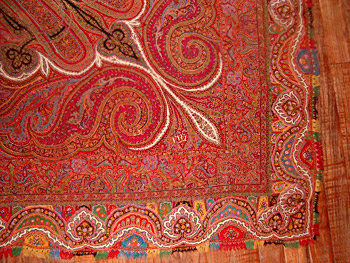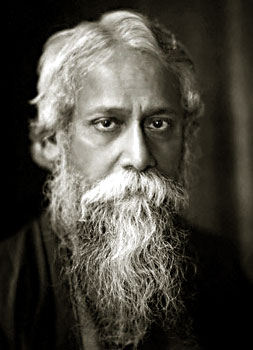 Indian Folk Culture
Indian Folk Culture
The cultural fabric of India is a tapestry woven with diverse religions, languages, and cultures. At its core lies the essence of folk culture, which embodies simplicity, beauty, and a deep connection with nature. Indian folk culture is rooted in the aboriginal traditions that form the foundation of the country`s cultural heritage. It encompasses various art forms, crafts, music, dance, and religious practices that reflect the villagers` way of life and their expression of profound truths. 
Folk Art in India
Indian villagers possess a unique artistic expression characterized by simplicity and beauty. Living in harmony with nature, they exhibit a serene way of life that enables them to appreciate and create beautiful forms and decorations. Music is the pinnacle of Indian folk art, resonating through the air of the villages. Love songs, lullabies, and songs depicting everyday agricultural activities like plowing, planting, and reaping fill the rural landscape. These songs are deeply rooted in the soil and are passed down through generations. The great Indian epics, such as the Ramayana and the Mahabharata, have become an integral part of the villagers` musical inheritance.
Dance is another significant element of Indian folk art. Many folk dances are performed in groups, accompanied by music and storytelling. Some dances are highly choreographed, while others allow for spontaneous improvisation. The harvest dance of the west coast, for instance, is a vibrant and rhythmic round dance performed by young girls, symbolizing the joy and abundance of the harvest season.
Folk Crafts in India
Indian handicrafts boast a rich history and are renowned for their traditional techniques and designs. Many crafts have religious significance, incorporating symbols such as circles, swastikas, and lotuses. Indian textiles, particularly embroidery, are celebrated for their fine craftsmanship. Whether it is the intricate shawls of Kashmir or the vibrant embroidery of Punjab, each region has its unique style and patterns. Other crafts, such as, wood carving, weaving, pottery, and fresco painting, produce everyday objects and toys that showcase exquisite craftsmanship. Women often decorate their homes with carved images of gods, men, birds, and animals, illustrating traditional stories during festive celebrations.
Folk Religion in India
Religion plays a vital role in Indian folk culture, with villagers worshiping not only major deities but also animals and natural elements. The philosophy behind this practice is the belief that all aspects of nature are expressions of the divine, and by worshiping them, one offers devotion to the Supreme Being. Villagers hold deep-rooted beliefs in the power and significance of these deities and seek their blessings for various aspects of their lives.
Revival of Folk Culture
In recent times, Indian folk culture has faced economic challenges and moral degradation due to the impact of modernization and the availability of cheap machine-made goods. However, there is a growing interest in preserving and reviving folk culture. Visionaries like Rabindranath Tagore, Uday Shankar, and Jamini Roy have made significant contributions to this revival through their music, dances, and artworks inspired by folk traditions. Efforts are being made to edit and print village songs from different states, preserving and documenting this rich cultural heritage.
Preserving and Promoting Folk Culture
Preserving and promoting Indian folk culture requires concerted efforts and a comprehensive approach. Cultural institutions, museums, and educational institutions play a crucial role in safeguarding and showcasing the diverse art forms. To preserve and revitalize Indian folk culture, several measures can be taken:
Documentation and Research: Conducting comprehensive research and documentation of various folk art forms, crafts, and rituals is crucial for understanding their historical significance, techniques, and cultural context. This documentation can serve as a valuable resource for future generations and researchers.
Education and Awareness: Integrating folk culture into educational curricula can help create awareness and appreciation among the younger generation. Workshops, seminars, and cultural exchange programs can also be organized to promote understanding and participation in folk art forms.
Financial Support and Opportunities: Governments, NGOs, and cultural organizations can provide financial assistance, grants, and subsidies to folk artists and craftsmen. Creating market linkages and organizing exhibitions, fairs, and festivals dedicated to folk culture can help generate income and recognition for the artists.
Preservation of Traditional Knowledge: Efforts should be made to preserve and transmit traditional knowledge and skills from experienced artisans to younger generations. This can be achieved through apprenticeship programs, training centers, and community initiatives that promote the transfer of skills and techniques.
Technological Integration: Embracing technology can help promote and preserve folk culture. Online platforms, social media, and digital archives can be utilized to showcase and promote folk art, reaching a wider audience and attracting younger generations.
Preserving and revitalizing Indian folk culture is essential to safeguarding the rich heritage and identity of the country. By recognizing the challenges faced and implementing appropriate measures, including documentation, education, financial support, and technological integration, it is possible to ensure the survival and flourishing of Indian folk art, crafts, and traditions.



















